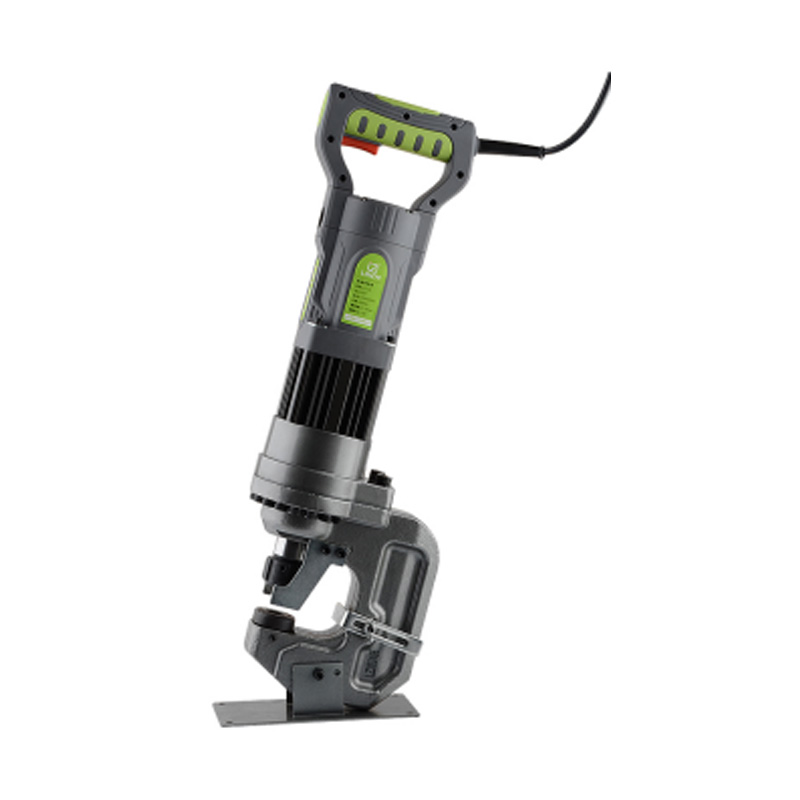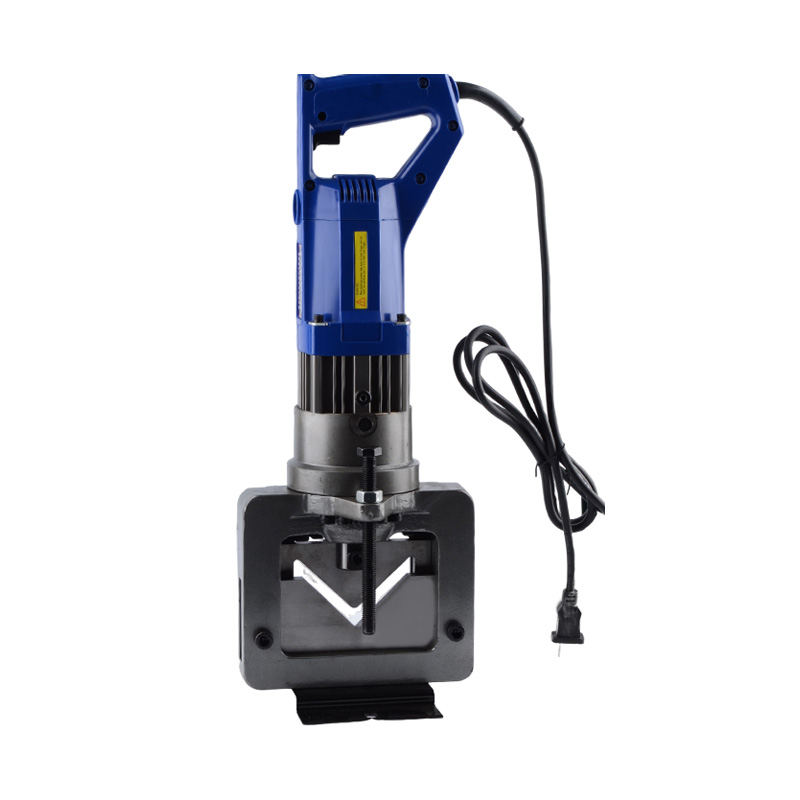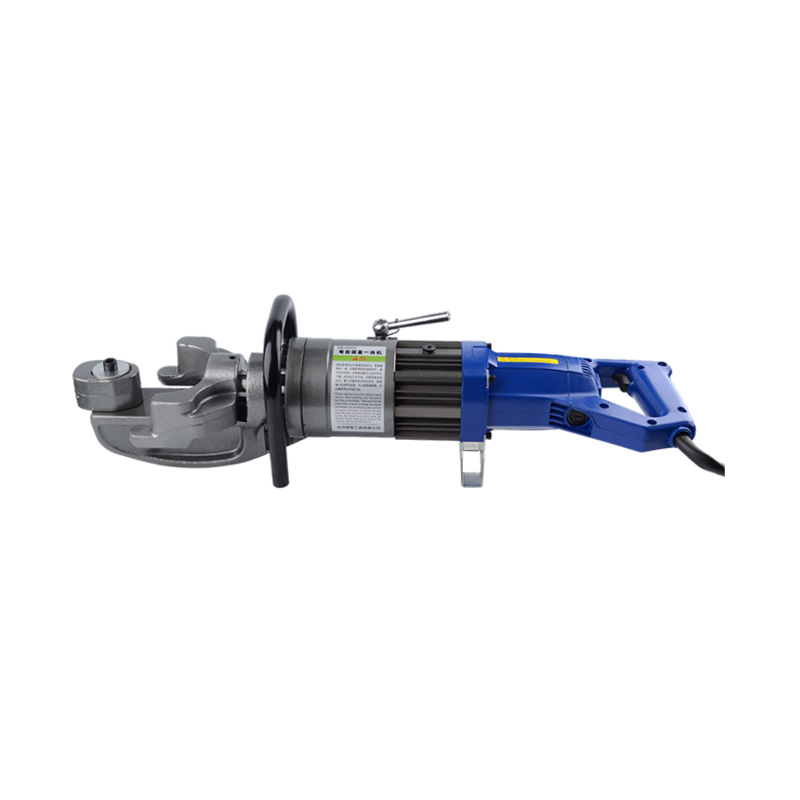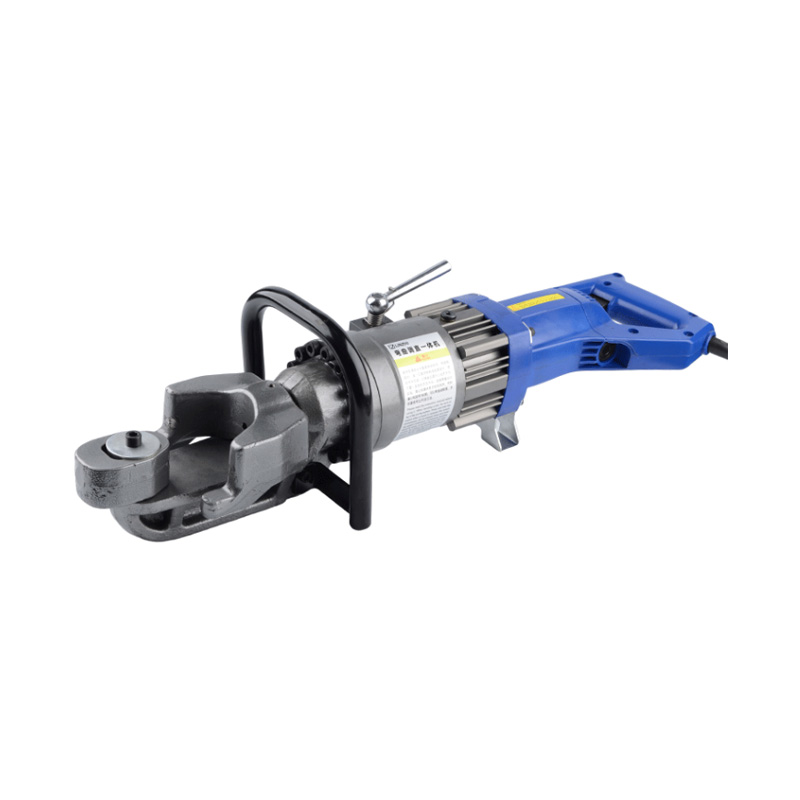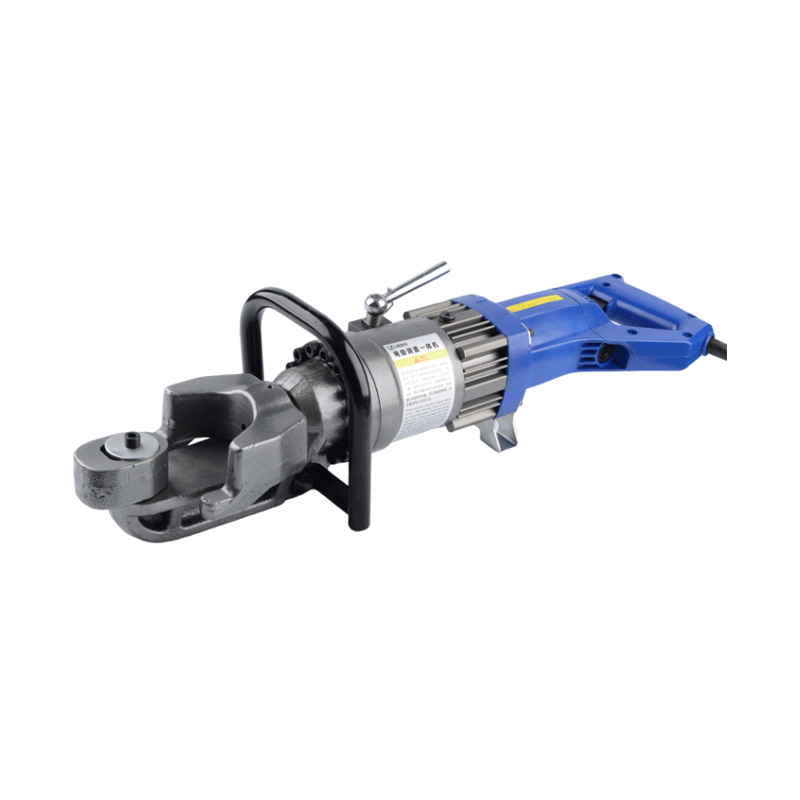Angle Bar Cutter Manufacturing Supplier Maker
In the intricate world of fabrication and construction, the angle bar cutter stands as a pivotal tool that facilitates the precise cutting of metal bars at various angles.
An angle bar cutter is a specialized piece of equipment used to cut metal bars, known as angle bars, at specific angles. These bars are commonly used in construction and fabrication due to their structural strength and versatility. The cutter is designed to provide clean, accurate cuts, which are essential for the assembly of various metal structures.
The operation of an angle bar cutter involves a series of mechanical processes. The angle bar is securely held in place, and a cutting blade, often made of hardened steel, is used to make the precise cut. The blade is guided by a mechanism that ensures the cut is made at the desired angle. Some cutters are manual, requiring the operator to apply force to the blade, while others are powered, either by electricity or compressed air, to facilitate the cutting process.
There are several types of angle bar cutters available, each designed for specific applications:
Manual Cutters: These are simple, cost-effective tools that require manual operation. They are suitable for occasional use or in situations where portability is a priority.
Hydraulic Cutters: Utilizing hydraulic pressure, these cutters offer increased cutting force, making them ideal for thicker and more robust angle bars.
Pneumatic Cutters: Powered by compressed air, these cutters are known for their reliability and ease of use in various environments.
Electric Cutters: These cutters offer precision and control, with some models featuring digital displays for accurate angle settings.
Angle bar cutters are used across a wide range of industries, including:
Construction: In construction, angle bars are used for framing, bracing, and support structures. The cutters ensure that the bars are precisely cut to fit the required dimensions.
Automotive: The automotive industry uses angle bars for various structural components, and the cutters are essential for maintaining the integrity of these parts.
Shipbuilding: In shipbuilding, angle bars are used for the framework of the ship's structure. The cutters play a crucial role in ensuring the accuracy of these components.
Aerospace: The aerospace industry requires high precision in the manufacturing of aircraft parts, and angle bar cutters are used to achieve the necessary accuracy in the cutting process.
The use of angle bar cutters comes with certain safety considerations. Operators must wear appropriate personal protective equipment, such as safety glasses and gloves, to prevent injury. Additionally, it is essential to follow the manufacturer's guidelines for the operation and maintenance of the cutter to ensure safe and efficient use.
Proper maintenance of angle bar cutters is crucial for their longevity and performance. Regular cleaning, lubrication, and inspection of the cutting blade and other moving parts are necessary to keep the cutter in good condition. Additionally, it is important to store the cutter in a dry and clean environment when not in use to prevent rust and corrosion.
Innovations such as computer-aided design (CAD) integration, automated cutting systems, and improved materials for cutting blades are expected to enhance the efficiency and accuracy of these tools. The future of angle bar cutters looks promising, with ongoing developments aimed at streamlining the metalworking process.
Angle bar cutters are a vital component in the metalworking industry, offering precision and efficiency in the cutting of angle bars. Their versatility and adaptability make them a staple in various sectors, from construction to aerospace.

 English
English 中文简体
中文简体 русский
русский GET A QUOTE
GET A QUOTE